I had never given bathplaces much consideration until my first visit to Rome, when I discovered historical bathplaces on a grand scale. Since then, I have learned a lot about bathplaces and visited all manner of bath places. Public, sacred, mythical, extant and archaeological remains of bathplaces have been viewed and studied, but generally not bathed in.
One thing is constant. The mythical bathplaces are in drop dead beautiful surroundings. Does this raise a tiny suspicion that tourists will be more attracted to a historical bathplace if it is in beautiful surroundings. Alternatively, maybe historical and mythical figures only inhabited beautiful locations.
Rome gives us numerous bathplaces. The baths of Caracella were apparently the second largest bathing complex. There were cold, warm and hot baths, steam rooms and a large outdoor pool. These are clearly bathplaces for the masses, and accommodated about 1600 bathers at a time. Mosaics, marble and sculptures decorated the baths.
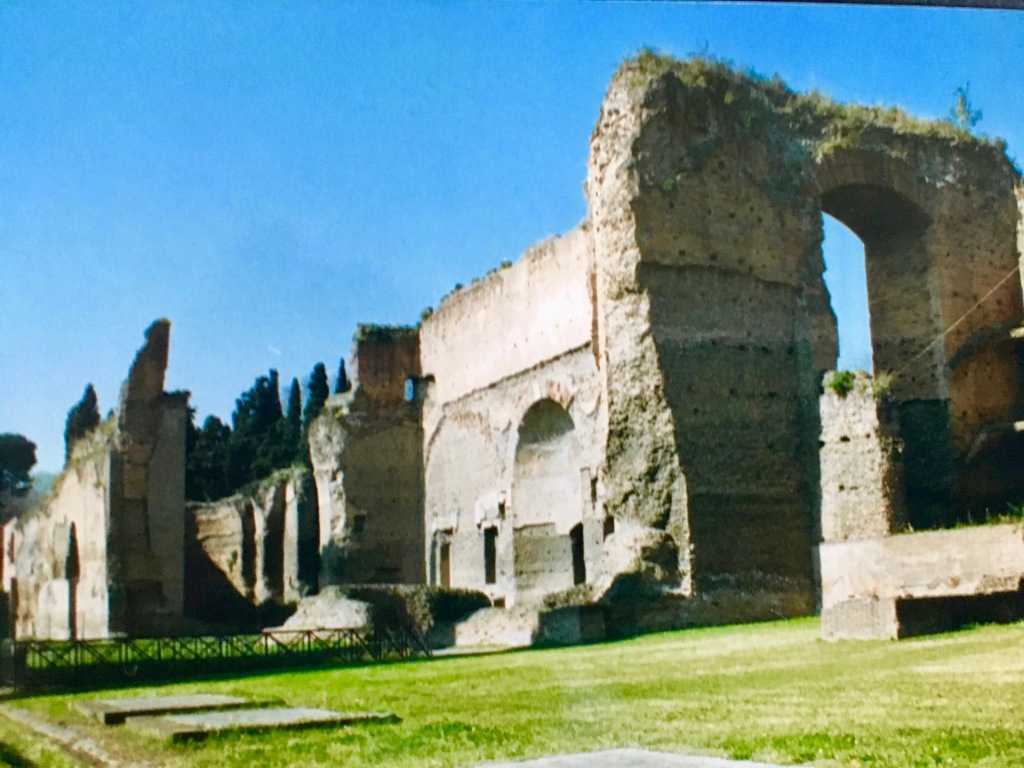
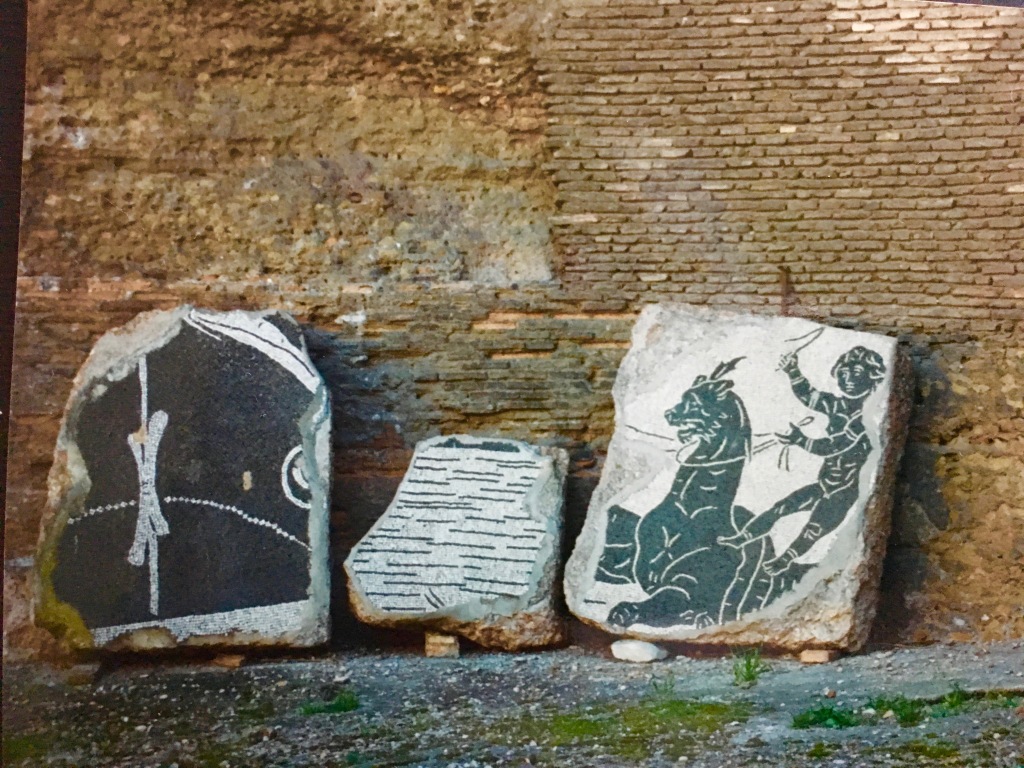
Cyprus claims fame to two bathplaces, of the mythical type. Aphrodite’s bathplace is near Polis. The views on the way to the bathplace were far more enticing than the actual bathplace, which looked like a stagnant pond. A great deal of imagination was required to envisage anyone bathing in the pond in the hope of attracting Adonis. The trees around the the pond included a very nice eucaplyptus and I could imagine Adonis lurking among the trees.


Adonis’s bathplace is near Paphos, close to Kili village. His bathplace also includes waterfalls, and swimming is possible. Adonis died in Aphrodite’s arms in the pool – a better place to die than Aphrodite’s stagnant pond. Well that is one version of his death. I prefer the death by wild boar attack version. Aphrodite, when running to help him, was pricked on the foot by a thorn. Her divine blood dyed all the white roses red. Imagine life without red roses.
Cleopatra had a bathplace at Siwa, in Egypt. From my sumptuous couch, sipping my tea and eating dates I thought that Cleopatra probably lounged in the same place and enjoyed the same view. She probably had wine, not tea and would not have heard, as I did, the sounds of a hard fought game of table tennis. The pool was a murky shade of green, and not at all enticing. I was disappointed to discover that there is no evidence of Cleopatra visiting Siwa, let alone bathing in the pool.


Lawrence of Arabia’s bathplace in the Wadi Rum, Jordan is approached through a cleft in towering cliffs, not far from the seven pillars of wisdom. As the opening in the rocks narrrows, ancient petroglyphs can be seen, etched into the cliff walls. Petroglyphs in the Wadi Rum evidence 12,000 years of human occupation, dating back to Thamudic times. Lawrences bathplace pales into insignificance. I didn’t quite reach the bathplace. I slipped into a deep mud puddle from the rocky ledge I was navigating. I could see several larger mud puddles beyond, which were too wide for me to jump over, so I opted for further petroglyph viewings. I wonder if Lawrence appreciated the ancient rock art on the cliffs approaching his bath place.

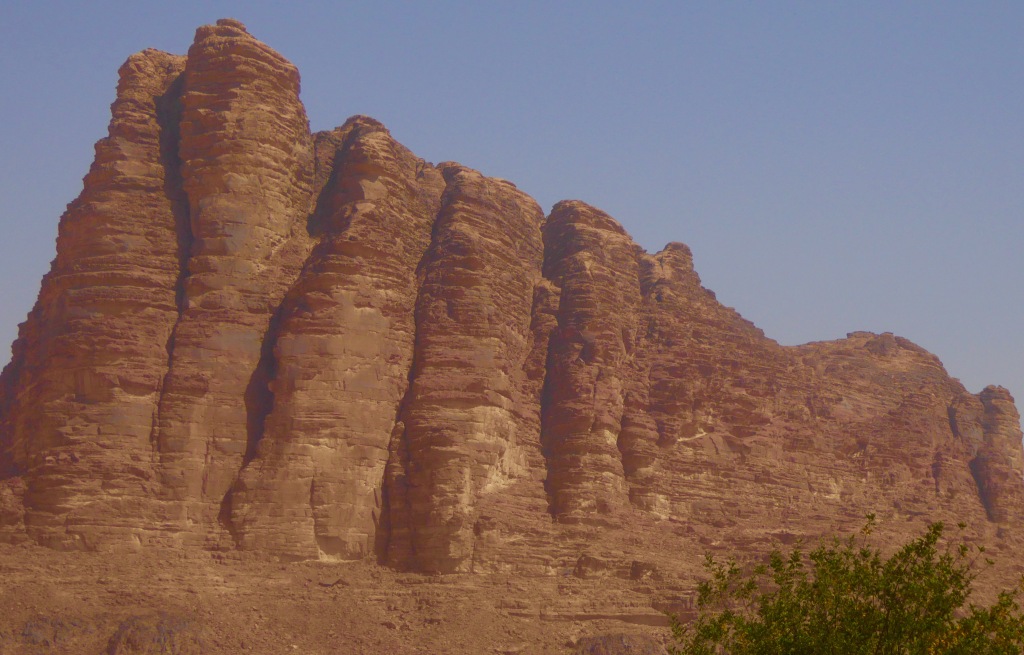
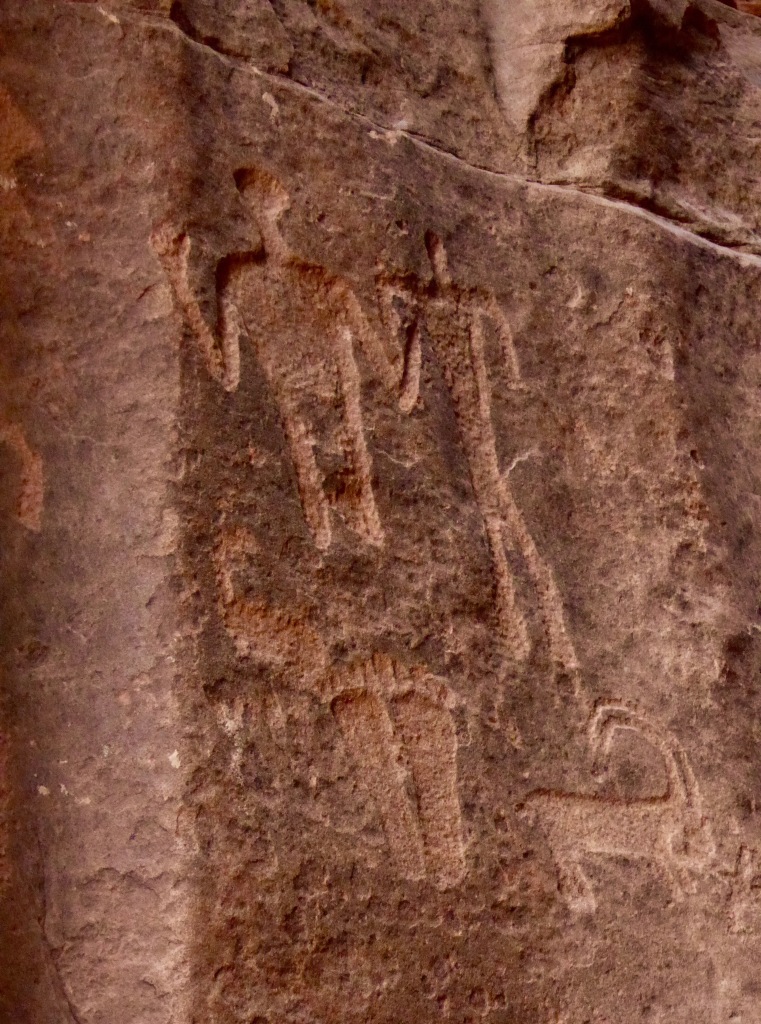
The Queen of Sheba’s bath place in Ethiopia is possibly in the same realm as her palace near Lalibela – a myth. The bathplace looked more like a lake, held back by a dam. The archaeological site which was her palace has been found to contain building material dating from a few hundred years after she was around.


Possibly the most confronting sacred bath place is the Ganges, at Varanasi. Setting out just before dawn in a very decrepit rowboat to view the sunrise and observe the faithful bathing in the Ganges was an experience I shall never forget. Not because I found it sacred, but because the whole scene resembled a version of Dante’s Inferno. The burning ghats looked liked the seventh level of hell. The ghats were crowded. The Ganges looked threateneing (to me). The sun rising over the Ganges changed my perspecive. The people bathing looked joyful and happy. Is this what faith does for you? Joy and happiness in a most polluted environment.

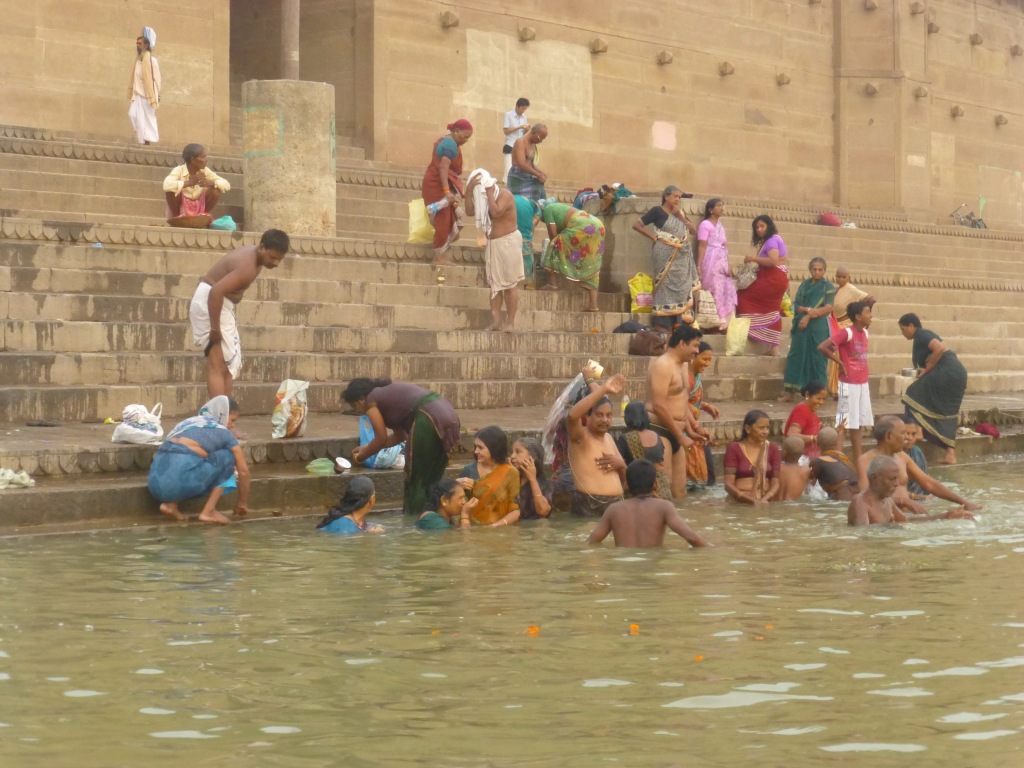



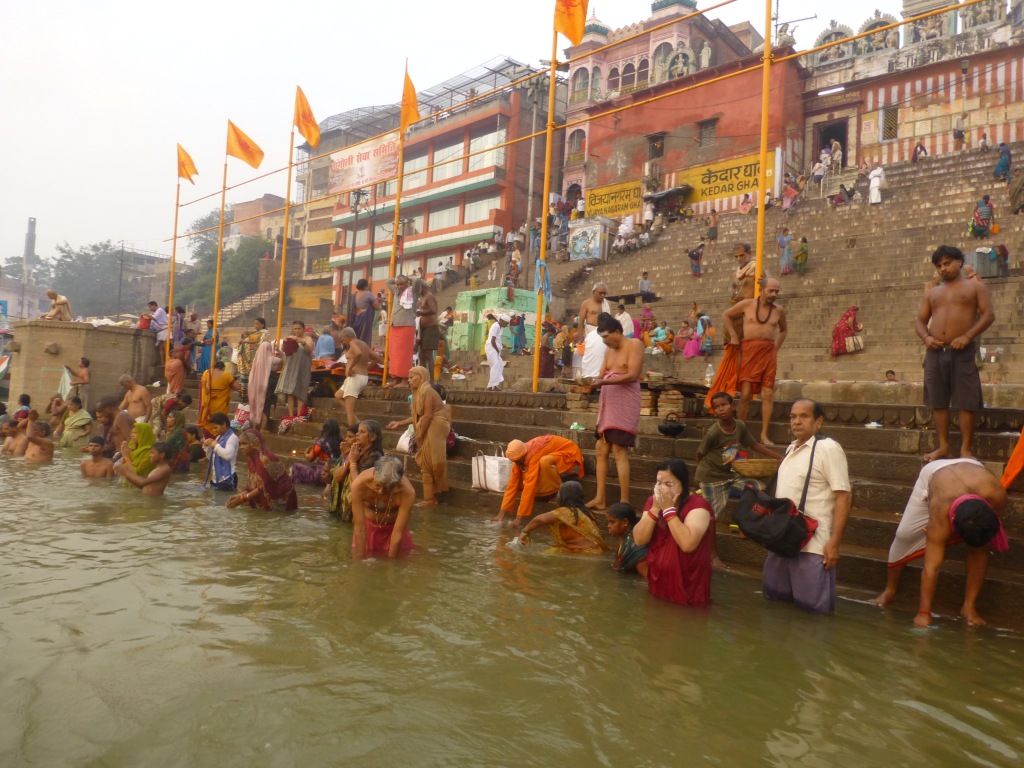
Hinemoa’s bathplace is a natural hot spring at Hinemoa Point, on Mokoia Island in lake Rotorua, New Zealand. Hinemoa swam out to Mokia Island at night to meet her forbidden lover, Tutanekai, and recovered from the swim by soaking in a hot pool on Mokoai Island.
Contemplating these various bathplaces brings me consider G’mas place in history. Where is her bathplace? Okoririe hot pools in New Zealand is that place. Not that these hotpools have been designated as such, but Gma is working on it.
What a lovely look at bath places around the world.I hope i get to see some of the sites for myself.
LikeLiked by 1 person
I am sure you will. Thank you.
LikeLike
Great post.
LikeLike
Reblogged this on travelwithgma.
LikeLike
What a wonderful post – I’ve never thought of linking all those baths I’ve visited over the years…. mostly in Europe – trying to sort the frigidarium from the tepidarium from the caldarium!!! I also came away from Varanasi with mixed emotions but what a wonderful experience….
I’m going to link this to my blog about Baths of Aphrodite if that’s ok with you….
LikeLiked by 1 person